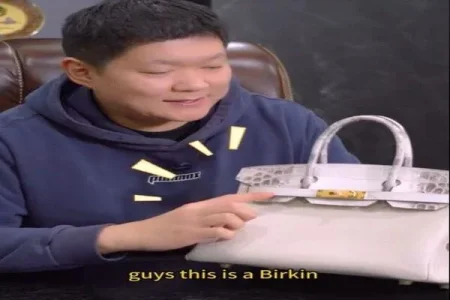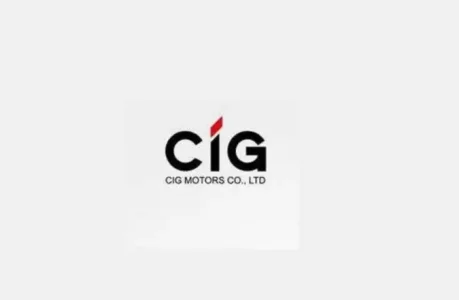
A viral TikTok video reveals that Hermès Birkin bags, priced at $38,000, cost just $1,400 to produce in China. The disclosure is part of a broader trend where Chinese factories expose luxury brands' manufacturing secrets, challenging traditional pricing and shaking consumer trust in high-end fashion.
In a digital twist to the global trade war, a wave of viral TikTok videos has cast fresh scrutiny on the luxury fashion industry—this time, from inside the factory walls of China. One particularly explosive video claims the production cost of the coveted Hermès Birkin bag—known to retail for as much as $38,000—is just $1,400.
The clip, which shows a man breaking down the costs of Italian leather, stainless steel hardware, edge paint, and labor, has racked up millions of views. The creator, allegedly a long-time supplier for European brands, bluntly concludes: “If you don’t care about logos, you can get the same materials, same quality, for less.”
This revelation is part of a growing trend dubbed “Trade War TikTok,” where Chinese manufacturers are lifting the veil on the luxury supply chain. More than just a whistleblower moment, the phenomenon appears calculated—some speculate it’s China’s soft retaliation to Western trade tensions, especially as Washington pushes to reshore production and reduce reliance on Beijing.
While luxury houses like Hermès and Louis Vuitton haven’t issued responses, the implications are seismic. For decades, these brands have built empires on scarcity, craftsmanship, and status. But now, consumers—armed with smartphone access and recession-fueled skepticism—are beginning to question the cost-value equation of high fashion.
Beyond bags, the videos delve into sneakers, beauty products, and cosmetics, with multiple accounts alleging that production often begins in Chinese factories before goods are finished in Europe and stamped “Made in Italy” or “France.” Some posts go further, inviting buyers to bypass luxury storefronts entirely and purchase directly from factories—often at a fraction of the price.
Though verification of these claims remains murky, the trend signals a shift. Luxury's opacity is being tested by a new wave of transparency. Whether it’s savvy marketing or soft power messaging, one thing is clear: the curtain shielding the true cost of luxury is beginning to fray.




